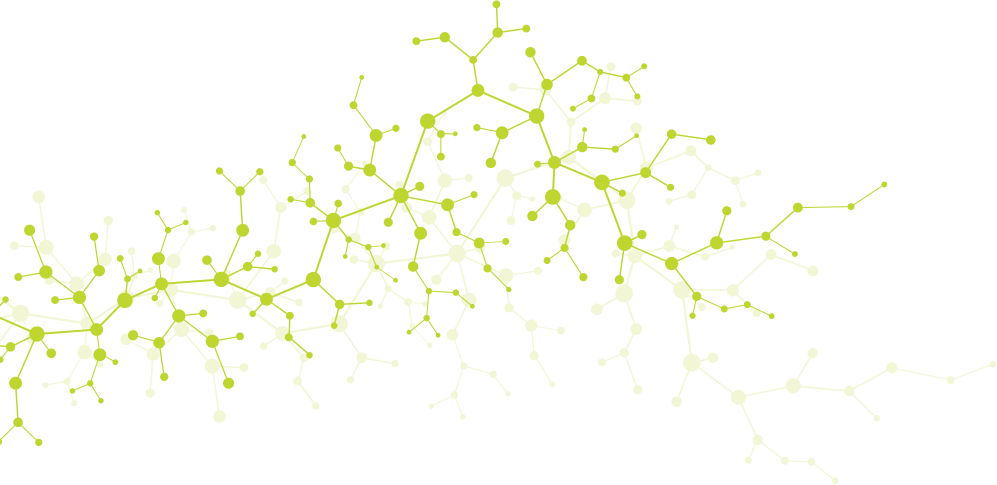Women react differently to cannabis than men

The use of cannabis for both medical and recreational purposes is increasing along with the growing trend of legalization in many states. As new studies abound regarding its health benefits, we are also learning that men and women can respond very differently to cannabis. This information may lead to improved methods for coping with addiction and other health issues.
The endocannabinoid system, or the body’s own production of “cannabis”
In school we learn about eleven major systems in the body — the respiratory, circulatory, urinary, reproductive, integumentary, skeletal, muscular, nervous, endocrine, lymphatic and digestive systems.
Twenty-five years ago, a scientist researching the effect of THC, the primary intoxicant in cannabis, discovered a twelfth system, the endocannabinoid system (ECS).
He found a highly complex network of receptors in the body’s nervous system now called cannabinoid receptors.
This discovery sent researchers on a hunt for the chemicals naturally produced in our bodies designed to interact with these receptors, now called cannabinoids.
Cannabinoids are endogenous (produced within the body) signaling molecules that bind to and activate the cannabinoid receptors found in the brain, organs, connective tissues, glands, and immune system.
The ECS has complex actions in our immune system, nervous system, and all of the body’s organs, and plays a role in:
- Inflammation
- Appetite
- Pain
- Mood
- Memory
- Reproduction
- Cancer prevention
The ECS also plays a role in how exercise affects the brain and body. Because endocannabinoids can cross the blood–brain barrier, it has been suggested that the endocannabinoid anandamide contributes to the development of the exercise-induced euphoria commonly called “runner’s high.”
Women and men react differently to cannabis
A new review of animal studies revealed that sex differences in response to cannabis are both socio-cultural and biological, which contributes to our understanding of the different ways women and men respond to cannabis. This invites questions on how addiction treatment strategies may differ between the sexes.
Men are four times more likely to try cannabis than women. They are also more likely to use higher doses and use it more frequently. Researchers say this may be because the male sex hormone testosterone increases risk-taking behavior and suppresses the reward system in their brains.
But while women try cannabis less often and use lower doses than men, a study showed women seem to be more neurochemically vulnerable to developing addiction to cannabis.
Studies in rats show the female hormone estradiol (the most active form of estrogen) affects movement, social behavior, and sensory input to the brain through its effect on the ECS.
It also showed that the female rats had more sensitive endocannabinoid receptors in these areas of the brain compared to the male rats. The female rats also showed more significant hormone changes during the menstrual cycle that affect the female response to cannabinoids.
Research on humans shows that in women blood levels of enzymes that break down cannabinoids fluctuate during the menstrual cycle and brain levels of cannabinoid receptors increase with aging. Both of these factors mirror changes in estradiol.
As research into the interactions between cannabinoids and sex hormones evolves, we’ll be able to better assess the impact of cannabis use on women and men and how to better address addiction.
Creating gender-based addiction rehabilitation, detoxification treatments, and relapse prevention strategies for patients with cannabis addiction can improve success rates.
The endocannabinoid system is vital to good health
A functioning ECS produces its own cannabinoids and is vital to good health. The ECS helps bring balance to the body, and may even be effective for restoring balance in relation to many health conditions such as neurodegenerative disorders, autoimmune diseases such as rheumatoid arthritis, and cancer.
Scientists have found that the ECS is dysfunctional in certain conditions associated with hypersensitivity to pain or stimulus such as fibromyalgia, migraines, and IBS.
The existence of the ECS explains why cannabinoids in hemp and other plants are therapeutic for some people by supporting and enhancing the ECS.
The cannabis plant contains more than 100 different cannabinoids with THC being perhaps the most well-known due to its psychoactive qualities. However, with the legalization of cannabis in many states, supplement producers are focused on cannabidiol (CBD) and terpenes, which are not psychoactive — and more frequently allowed by law.
CBD is now widely recognized as the compound responsible for many of the medicinal effects of hemp-based cannabis. Terpenes are the medicinal compounds that give cannabis its distinctive aroma.
There is debate over whether CBD and terpenes are individually therapeutic or whether they work better together in whole plant formulations. Some CBD producers offer both options.
Controversy also exists around whether CBD from non-psychoactive industrial hemp is as effective as CBD from cannabis, which has higher THC levels. Many CBD producers use hemp in order to comply with state and federal rules and to appeal to medical users who don’t want to dabble in the psychoactive realm.
Support your cannabinoid system naturally
To boost your endocannabinoid system, adopt these easy lifestyle and dietary habits:
- Avoid alcohol and the associated inflammation.
- Get bodywork such as massage to increase anandamide, the “bliss” cannabinoid.
- Eat plenty of leafy greens; they contain a terpene that activates cannabinoid receptors.
- Eat plenty of Omega 3 essential fatty acids.
- Exercise regularly (but don’t over do it) to naturally maximize your “runner’s high.”
